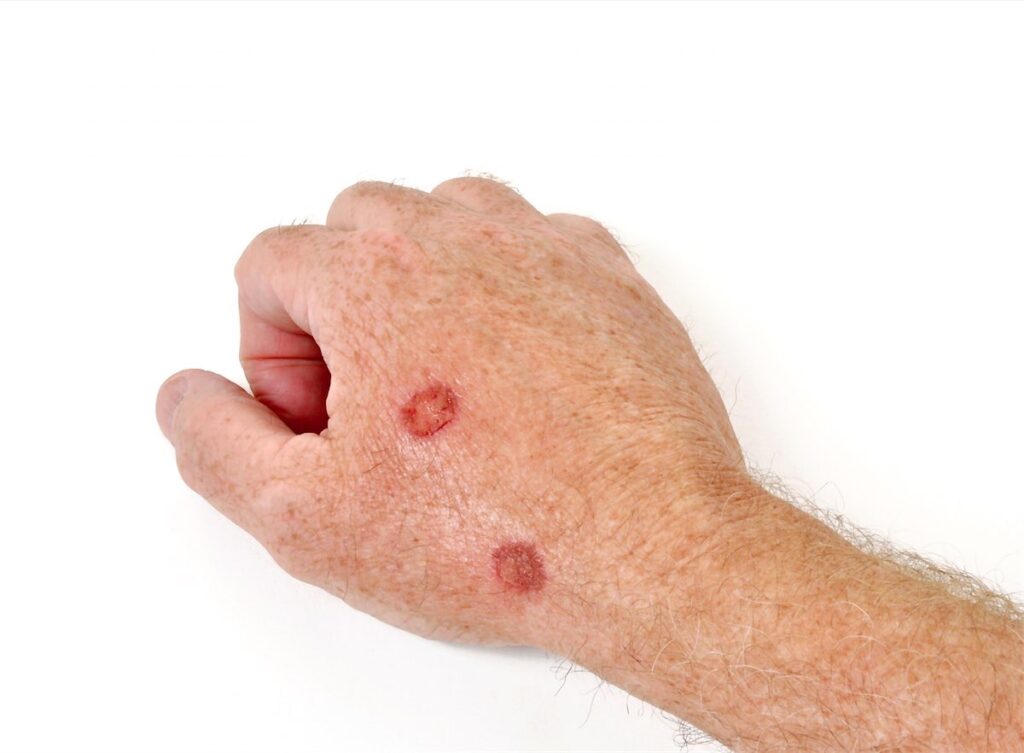Cryotherapy refers to a treatment in which surface skin lesions are frozen by Liquid Nitrogen. Freezing may be the most suitable way of getting rid of many different kinds of surface skin lesion. It is relatively inexpensive, safe, and reliable.

What Conditions Does It Address?
Lesions that may treated by cryotherapy include:
How Cryoptherapy Works?
The nitrogen is applied to the skin lesion for a few seconds, depending on the desired diameter and depth of freeze. The treatment is repeated in some cases, once thawing has completed. This is known as a ‘double freeze-thaw’ and is usually reserved for skin cancers or resistant viral warts.
The treated area is likely to blister within a few hours. Sometimes the blister is clear and sometimes it is red or purple because of bleeding (this is harmless). Usually no special attention is needed during the healing phase. The treated area may be gently washed once or twice daily, and should be kept clean. A dressing is optional, but is advisable if the affected area is subject to trauma or clothes rub on it. After a standard freeze the skin may appear entirely normal without any sign of the original skin lesion.
Cryotherapy may result in a white mark (hypopigmentation) or a scar, particularly when freezing has been deep or prolonged, as is required for a cancerous lesion. A white mark may sometimes follow a light freeze. The white mark may be quite noticeable especially in those with darker complexions. Although the appearance often improves with time, the color change can be permanent.
Skin lesions may fail to clear or may recur at a later date, necessitating further cryotherapy, surgery or other treatment.
A hard freeze to the skin overlying a superficial sensory nerve, such as treatment to a viral wart on the side of a finger, can cause numbness of the skin area that the nerve supplies. The feeling nearly always returns to normal within a few weeks or months.
Give us a call Today
Call to schedule an appointment to discuss the best treatment option for you.




